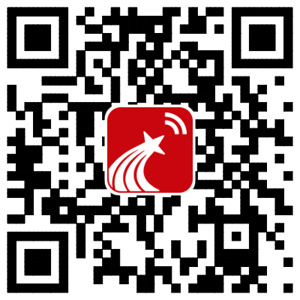限定内容
主题
- 6,179 篇 离合器
- 758 篇 汽车
- 542 篇 摩擦片
- 476 篇 拖拉机
- 447 篇 发动机
- 416 篇 优化设计
- 359 篇 离合器踏板
- 330 篇 齿轮传动
- 307 篇 湿式离合器
- 270 篇 设计
- 248 篇 制动器
- 241 篇 电磁离合器
- 222 篇 摩托车
- 215 篇 变速器
- 210 篇 自动变速器
- 204 篇 从动盘
- 187 篇 超越离合器
- 167 篇 分离杠杆
- 144 篇 故障
- 134 篇 故障分析
机构
- 276 篇 重庆大学
- 233 篇 北京理工大学
- 217 篇 吉林大学
- 170 篇 上海交通大学
- 135 篇 同济大学
- 111 篇 江苏大学
- 111 篇 重庆理工大学
- 105 篇 武汉理工大学
- 103 篇 合肥工业大学
- 102 篇 西北工业大学
- 94 篇 哈尔滨工业大学
- 78 篇 清华大学
- 78 篇 吉林工业大学
- 67 篇 南京航空航天大学
- 67 篇 浙江大学
- 66 篇 华中科技大学
- 62 篇 华南理工大学
- 59 篇 太原理工大学
- 58 篇 河南科技大学
- 55 篇 天津大学
文献订阅
- Promising Designs of Overrunning Clutches (A Survey of Patents)
- Volgograd State Tech Univ Volgograd Russia
-
来源
 springerlink期刊
ebsco(ASP/aph)
详细信息
springerlink期刊
ebsco(ASP/aph)
详细信息
- Vibration reduction effect of one-way clutch on belt-drive systems
- Shanghai Univ Shanghai Inst Appl Math & Mech Shanghai 200072 Peoples R ChinaShanghai Key Lab Mech Energy Engn Shanghai 200072 Peoples R ChinaShanghai Univ Dept Mech Shanghai 2004444 Peoples R China
-
来源
 ScienceDirectJournal
ebsco(ASP/aph)
详细信息
ScienceDirectJournal
ebsco(ASP/aph)
详细信息
- Leptin/osteopontin axis contributes to enhanced T helper 17 type responses in allergic rhinitis
- Guangzhou Med Univ Guangzhou Women & Childrens Med Ctr Dept Otolaryngol Guangzhou Guangdong Peoples R China
- 来源 ebsco(ASP/aph) 详细信息
- The Effect of Residual Imbalance Type in Vibration Activity of a Double-Span Rotor with Different Curvature of the Axis under Rundown
- Russian Acad Sci IMASH RAN Blagonravov Inst Mech Engn Moscow 101990 Russia
-
来源
 springerlink期刊
详细信息
springerlink期刊
详细信息
- 一种基于NEDC工况的双离合器自动变速箱动态传动效率测试方法
- 安徽江淮汽车集团股份有限公司 安徽合肥230601
-
来源
 维普期刊数据库
维普期刊数据库
 同方期刊数据库
博看期刊公共累积版
中国学术期刊数据库
更多
详细信息
同方期刊数据库
博看期刊公共累积版
中国学术期刊数据库
更多
详细信息
- 离合器对某皮卡车动力传动系扭振影响研究
- 桂林福达股份有限公司 广西桂林541004桂林电子科技大学机电工程学院 广西桂林541004
-
来源
 维普期刊数据库
中国学术期刊数据库
维普期刊数据库
中国学术期刊数据库
 万方期刊数据库
万方期刊数据库
 同方期刊数据库
更多
详细信息
同方期刊数据库
更多
详细信息
- SAE#2试验台湿式离合器摩擦转矩测试误差分析
- 北京理工大学机械与车辆学院 北京100081北京电动车辆协同创新中心 北京100081杭州前进齿轮箱集团股份有限公司 浙江杭州311203
-
来源
 维普期刊数据库
维普期刊数据库
 同方期刊数据库
中国学术期刊数据库
同方期刊数据库
中国学术期刊数据库
 万方期刊数据库
更多
详细信息
万方期刊数据库
更多
详细信息


